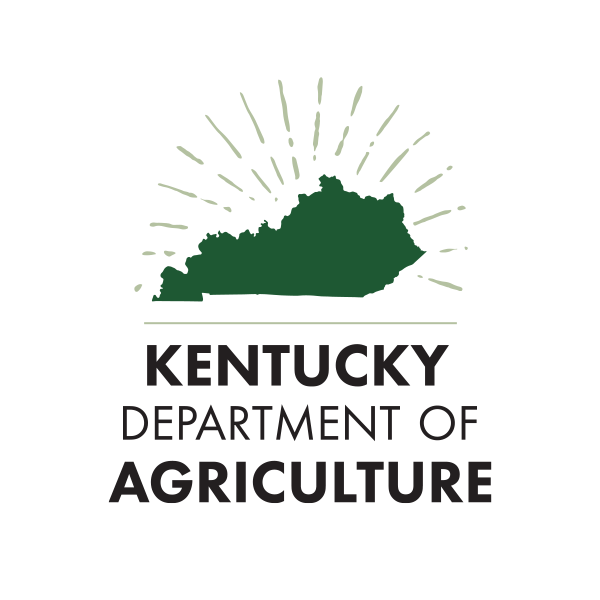Natural resources are materials or substances that are available in nature such as sunlight, water, air, soil, plants, animals, and minerals. These resources, most often part of an ecosystem, can be used by living things. The availability of natural resources depends on several factors, but location may have the biggest impact. Climate (temperature and rainfall) and the Earth’s physical structures, such as rocks and soil, are very different from one place to another and will determine what plants and animals can live there.
When it comes to human civilization and quality of life, natural resources play a huge role. Historically, Kentucky’s climate, water, land features, plant life, minerals, and energy sources largely determined where communities grew within the commonwealth. It also determined and will continue to determine where businesses locate. An abundance of resources, whether natural, human, or capital, impacts the economic success of a business and the communities in which they are located.
As for Kentucky agriculture, the available natural resources help determine which crops and livestock are raised by farmers within the state. Technology, product demand, farm labor, and natural resource conservation also play important roles, and we continue to witness a shift in where certain crops and livestock are produced within Kentucky.
Climate
Kentucky has a moderate climate, characterized by warm, yet moist conditions. The climate is classified as humid subtropical. Summers are usually warm, and winters cool. The monthly average temperatures range from a high of 87.6° F to a low of 23.1° F. Kentucky’s weather patterns are influenced by the Gulf of Mexico, especially during summer.
Much of Kentucky’s precipitation falls in spring, the rainiest season. From north to south, precipitation increases. Southern Kentucky receives the highest average precipitation, about 50 inches a year, while the north averages only 40 inches.
Kentucky is in a path several storm systems follow. Storms happen year-round; however, most storms occur between March and September.
Kentucky's crop growing season varies across the state. Warm weather crops are typically planted in April or early May, after the final freeze. Southwestern Kentucky counties may be able to plant as early as March, while northern Kentucky counties may wait until mid May. Some farms extend their growing season by using greenhouses or plastic-covered cold frames.
Learn more about Kentucky Climate.
Water
Between 40 and 50 inches of precipitation falls on Kentucky every year. The northern part of Kentucky gets a little less than the southern part. About 40 percent of this water runs off into streams, and 60 percent evaporates or is transpired by plants. This is called the water cycle.
Kentuckians use more than 4.3 billion gallons of water every day. About 95 percent of this is surface water, and 5 percent is groundwater. This may sound like a lot, but Kentucky’s lakes and reservoirs can hold 2,900 billion (2.9 trillion) gallons of water, and about 95 percent of water used by consumers is returned to streams, which fill reservoirs again.
Kentucky is known for having a lot of water. The commonwealth has more navigable miles of rivers and streams (90,000 miles) than any other state except Alaska, which is more than 16 times larger than Kentucky. Navigable means the water is deep enough for a boat to travel. Kentucky is also the only state bordered on three sides by rivers - the Mississippi, Ohio, and Tug Fork Rivers.
Learn more about Kentucky’s water - Kentucky Water Fact Sheet
Land
Kentucky’s land includes many natural resources that are needed for human civilization, such as plants and animals for food and forests for wood. The amount of those resources, however, vary by regions within the commonwealth.
There are many ways that the land of Kentucky may be categorized, but natural resource availability is most closely related to geology and physiography. Geology, which studies the types of rocks, their age, and how they were formed, dictates the types of minerals, fossil fuels, and structures in the ground. Physiography is the study of land surface features, such as hills, mountains, valleys, and rivers. Kentucky is divided into several physiographic regions. If you compare the physiographic map and geologic map, you will see that the patterns of colors on the maps are similar; the physiographic regions are very similar to the geologic regions. That is because the shape of the land surface is controlled by the effects of weathering and erosion of the bedrock.
Kentucky’s State Soil: Crider - Soils 4 Teachers
The Changing Landscape of Kentucky
The Kentucky Division of Forestry works to protect, conserve and enhance the forest resources of the Commonwealth. As a means of meeting their mission, the division offers a variety of programs and services ranging from landowner assistance and master logger training to forest health protection and wildland fire management.













